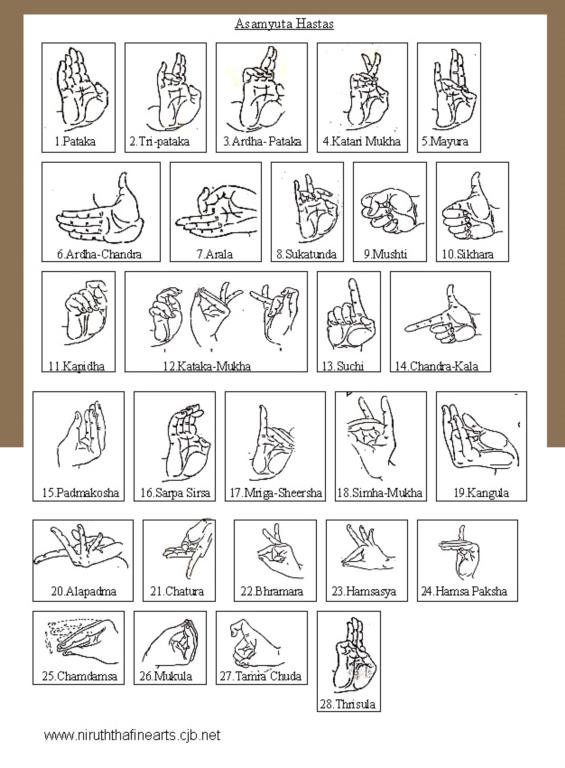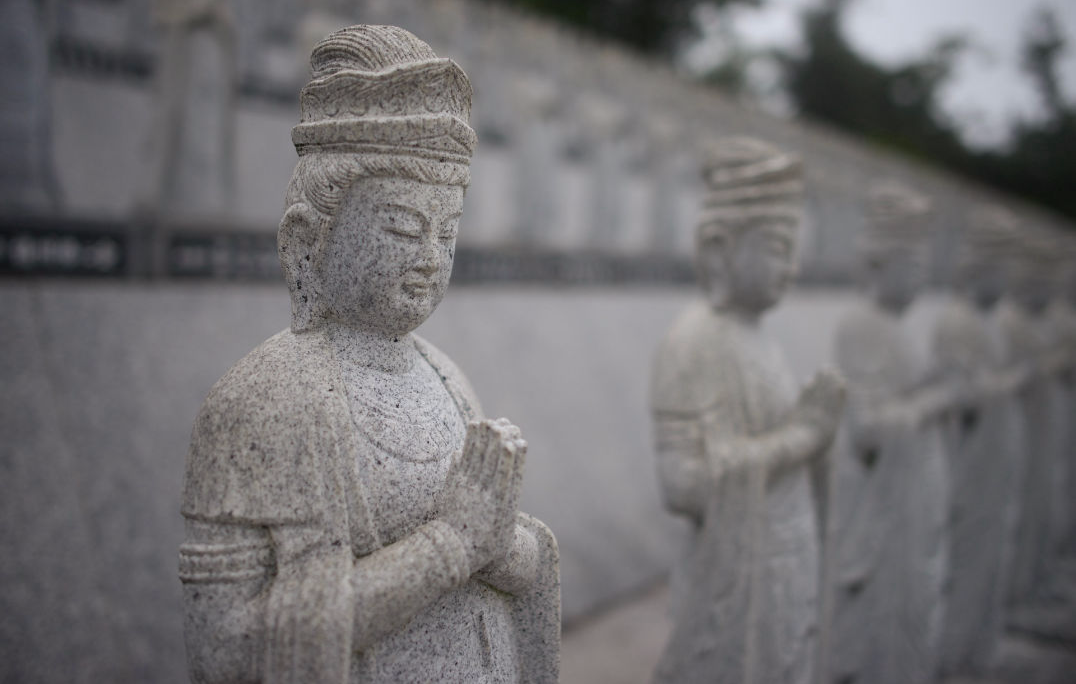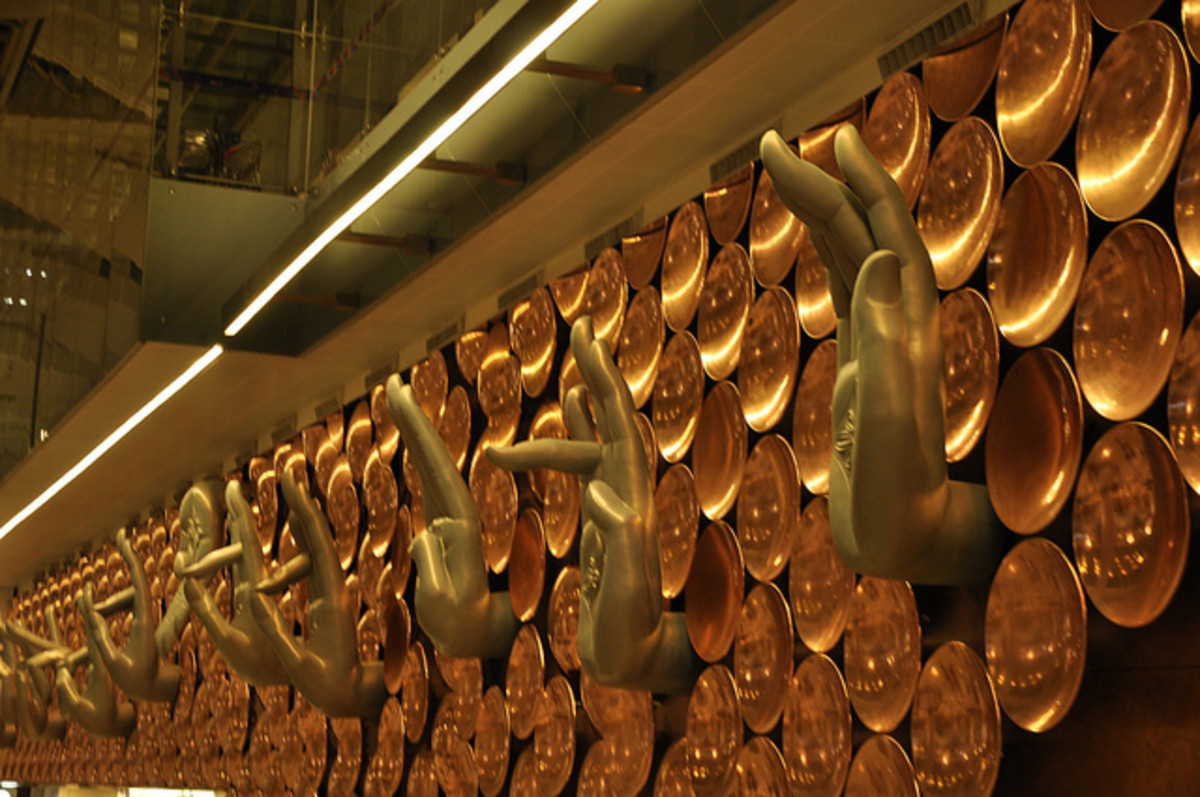20+ Buddha Mudras Pdf
Ka-bab-shi-gyu-pa the lineage stream of dream yoga is identified as originating from the Dharmakaya Buddha VajradharaThe Dharmakaya synonymous with Vajradhara Buddha is the source of all the manifestations of enlightenment. Mudrā seal mark or gesture.

Yoga For Healthy Eyes And Fingers
In the Kagyu Lineage of the Four Commissioners Tibetan.

. The left hand is in the meditation dhyana mudra. The classical sources for the mudras are. In Sanskrit prana means vital life force and yama means to gain control.
Mindfulness derives from sati a significant element of Hindu and Buddhist traditions and is based on Zen Vipassanā and Tibetan meditation techniques. Nadi is an important concept in Hindu philosophy mentioned and described in the sources some as much as 3000 years oldThe number of nadis of the human body is claimed to be up to hundreds-of-thousands and even millions. This is not to be confused with the homonymous 1st and 3rd person.
While some mudras involve the entire body most are performed with the hands and fingers. Sections 320 and 525 of the Shiva Samhita includes mitahara as an essential part of a holistic Haṭha yoga practice. When the Buddha became enlightened he touched the earth with this mudra during his meditation.
Translations of this title into Asian languages include the following. According to its adherents Aghor is a simple and natural state of consciousness in which there is no experience of fear hatred disgust or discrimination. Mudra hand gestures or poses are often used in yoga practice meditation and for healing purposes.
Versuch es doch nochmal in unserem VeranstaltungskalenderHier findest du jeden Tag die aktuellen und zukünftigen Veranstaltungen in Bremen. Carbon dating of the structural components of the Buddhas has determined that the smaller 38 m 125 ft Eastern Buddha. The earliest known Sanskrit title for the sūtra is the Saddharma Puṇḍarīka Sūtra which can be translated as the Scripture of the Lotus Blossom of the Fine Dharma or The Discourse on the White Lotus of the True Doctrine In English the shortened form Lotus Sūtra is more common.
The noun is from Proto-Indo-European ueidos cognate to Greek ϝεἶδος aspect form. You will often see Shakyamuni the historical Buddha in a seated posture with this mudra. Seated Buddhas and bodhisattvas from Wono-ri Goguryeo first half of the 6th century.
Doctrines and disciplines is an Indian religion or philosophical tradition based on teachings attributed to the Buddha. Mahāyāna accepts the main scriptures and teachings of early. The sage of the Shakya clan.
The right hand is poised with the fingertips downward and touching the earth with the palm facing inward. A mudra m u ˈ d r ɑː. Niyama are positive duties or observances.
This is reconstructed as being derived from the Proto-Indo-European root ueid- meaning see or know. National Museum of Korea. The Early Buddhist Texts contain no continuous life of the.
Sakya Republic which was part of the Kosala realm of ancient India now in modern-day Nepal. As well as being spiritual gestures employed in the iconography and. In yoga breath is associated with prana thus pranayama is a means to elevate the prana shakti or life energiesPranayama is described in Hindu texts such as the Bhagavad Gita and the Yoga Sutras of PatanjaliLater in Hatha yoga texts it meant the.
In yoga the gesture is known as chin mudra the seal of consciousness when the palm is face down or jnana mudra the seal of wisdom when the palm is face up or held in other positions such as in front of the heartSome schools of yoga use chin and jnana mudra interchangeably while others claim that the former produces a subtle feeling of rootedness the latter a sense. The Buddha also used a posture where pressure is put on the perineum with the heel. There is a broad spectrum of opinion on the universality and method of attainment of Buddhahood depending on Gautama Buddhas teachings that a.
Mudras are a silent language of self-expression used in Hindu and Buddhist teachings. Pranayama is the yogic practice of focusing on breath. Rituals include the fortnightly uposatha observance Theravada Buddhism doctrine of the elders is the oldest and most orthodox of Buddhisms three major sects.
It originated in northern India as a śramaṇa-movement in the 5th century BCE and gradually spread throughout much of Asia via. The caves include paintings and rock-cut sculptures described as among the finest surviving examples of ancient Indian art particularly expressive paintings that present emotions through. Central components of Theravada rituals are preaching and chanting by monastics and giving offerings by laypersons.
BCE was the historical founder of BuddhismThe early sources state he was born in the small Shakya Pali. In Buddhism the term extends to the. Mindfulness is the practice of purposely bringing ones attention to the present-moment experience without evaluation a skill one develops through meditation or other training.
Chakgya is a symbolic or ritual gesture or pose in Hinduism Jainism and Buddhism. Aghor Yoga also referred to as Aghor is a spiritual tradition that originated in Northern India around the 11th Century CE. Great Vehicle is a term for a broad group of Buddhist traditions texts philosophies and practicesMahāyāna Buddhism developed in India c.
Regarded as the belief closest to the one taught by The Buddha himself it. The Sanskrit word véda knowledge wisdom is derived from the root vid-to know. The word Aghor literally means that which is not difficult or terrible.
Buddhism ˈ b ʊ d ɪ z əm BUU-dih-zəm ˈ b uː d- BOOD- also known as Buddha Dharma and Dharmavinaya transl. The Badami cave temples are a complex of Hindu and Jain cave temples located in Badami a town in the Bagalkot district in northern part of Karnataka IndiaThe caves are important examples of Indian rock-cut architecture especially Badami Chalukya architecture and the earliest date from the 6th centuryBadami is a modern name and was previously known as. Both mudras are typical of early Korean standing Buddhist sculpture and the folding of the last two fingers of the proper left hand to the palm is commonly found in.
Buddhahood is the state of an awakened being who having found the path of cessation of dukkha suffering as created by attachment to desires and distorted perception and thinking is in the state of No-more-Learning. The Shiva Samhita treatise on yoga states for example that out of 350000 nadis 14 are particularly important and among them the three. It has multiple meanings depending on context in Hinduism.
Siddhārtha Gautama 5th cent. In Indian traditions particularly Yoga niyamas and their complement Yamas are recommended activities and habits for healthy living spiritual enlightenment and a liberated state of existence. Mahāyāna ˌ m ɑː h ə ˈ j ɑː n ə.
Some of its earliest discussions and of proto-Samkhya ideas are found in 1st millennium BCE Indian texts such as the Katha Upanishad the Shvetashvatara Upanishad and the Maitri Upanishad. Bowing in Japan お辞儀 Ojigi is the act of lowering ones head or the upper part of the torso commonly used as a sign of salutation reverence apology or gratitude in social or religious situations. Ceramic height of bodhisattva 17 cm.
Historically ojigi was closely affiliated with the samuraiThe rise of the warrior class in the Kamakura period 11851333 led to the formations of many well-disciplined manuals on. The Ajanta Caves are approximately thirty rock-cut Buddhist cave monuments dating from the second century BCE to about 480 CE in the Aurangabad district of Maharashtra state in India. He is thus also known as the Shakyamuni literally.
1st century BCE onwards and is considered one of the two main existing branches of Buddhism the other being Theravāda. The root of the word Yoga is found in hymn 5811 of. From Caryapa Tilopa 988 1069 CE of the Dzogchen Kham lineage.
The Buddhas of Bamiyan or Bamyan were two 6th-century monumental statues carved into the side of a cliff in the Bamyan valley of Hazarajat region in central Afghanistan 130 kilometres 81 mi northwest of Kabul at an elevation of 2500 metres 8200 ft. The origins of yoga-practice are unclear but seems to have developed in ascetic milieus in the first millennium BCE.

Budda Shakyamuni Stock Photos Free Royalty Free Stock Photos From Dreamstime
Buddha Purnima 2022 Know Buddhist Mudras Hand Gestures And Their Meaning

Pdf Shingon Buddhism

Buddhist Mudras Six Common Mudras In Buddhism

Mudras Buddha Mudras Hand Positions Buddha Common Mudras Buddha Abhaya Vitarka
Are Buddhism And Hinduism Compatible In The Sense That A Person Could Be Both A Buddhist And A Hindu And Believe In Both Of Their Religious Tenants At Once Quora
:max_bytes(150000):strip_icc()/GettyImages-157735755-40cb5ef250d64f67814c4521576bcc87.jpg)
Buddhist Mudras Hand Gestures And Their Meanings
:max_bytes(150000):strip_icc()/wat-inthakin-saduemang--chiang-mai--detail-of-a-buddha-statue--vitarka-mudra--thailand--771454581-d10d7271e43e4488b8ac99e2cebab112.jpg)
Buddhist Mudras Hand Gestures And Their Meanings

The Mudras Of Great Compassion Dharani Pdf Mantra Tantra
List Of Asanas Wikipedia

Buddha S Mudra Vajrayana Sect Empower Ias Empower Ias

Pdf Mudra The Choreography In The Hands
Buddha Purnima 2022 Know Buddhist Mudras Hand Gestures And Their Meaning

Famous Statues Of Buddha Depicting 10 Mudras Or Hand Gestures Owlcation
:max_bytes(150000):strip_icc()/GettyImages-989008766-21a6054d52e04cb88ec9f752540c93ce.jpg)
Buddhist Mudras Hand Gestures And Their Meanings

Buddha Hand Gestures Mudras And Their Meaning Owlcation
What Is Your Favorite Qigong Meditation Practice Quora